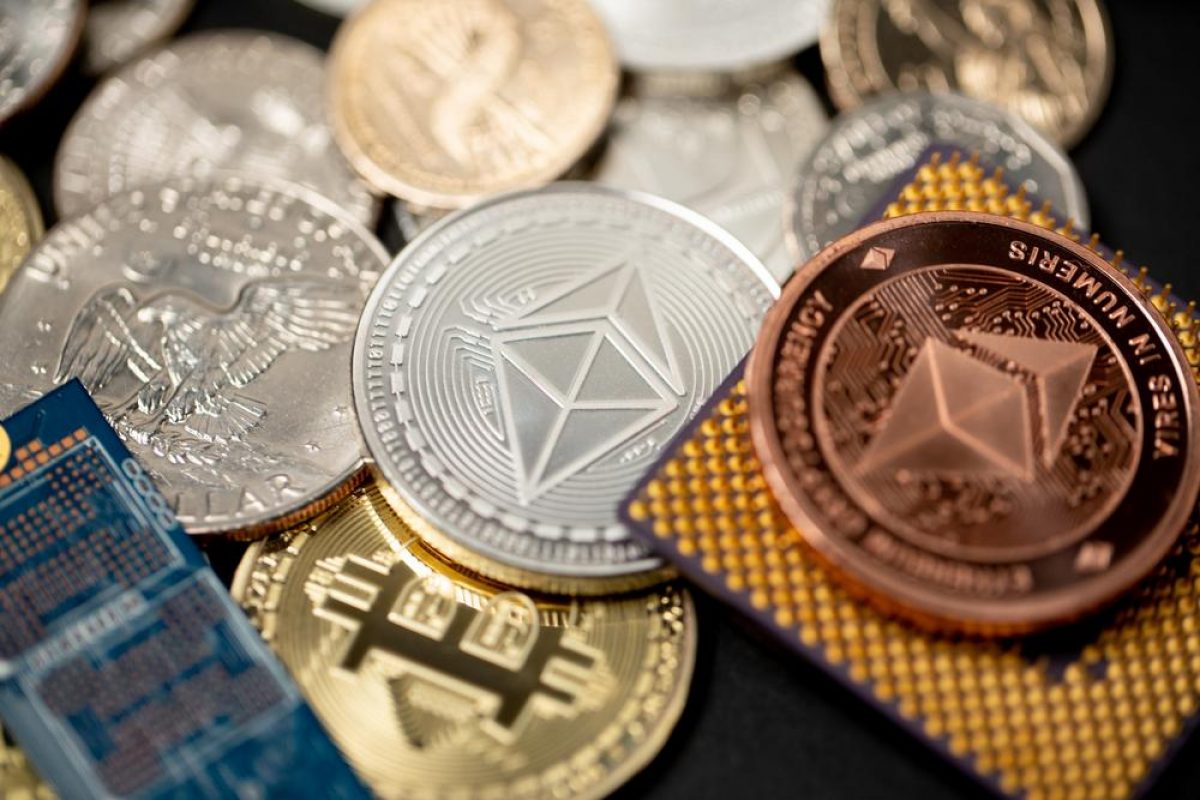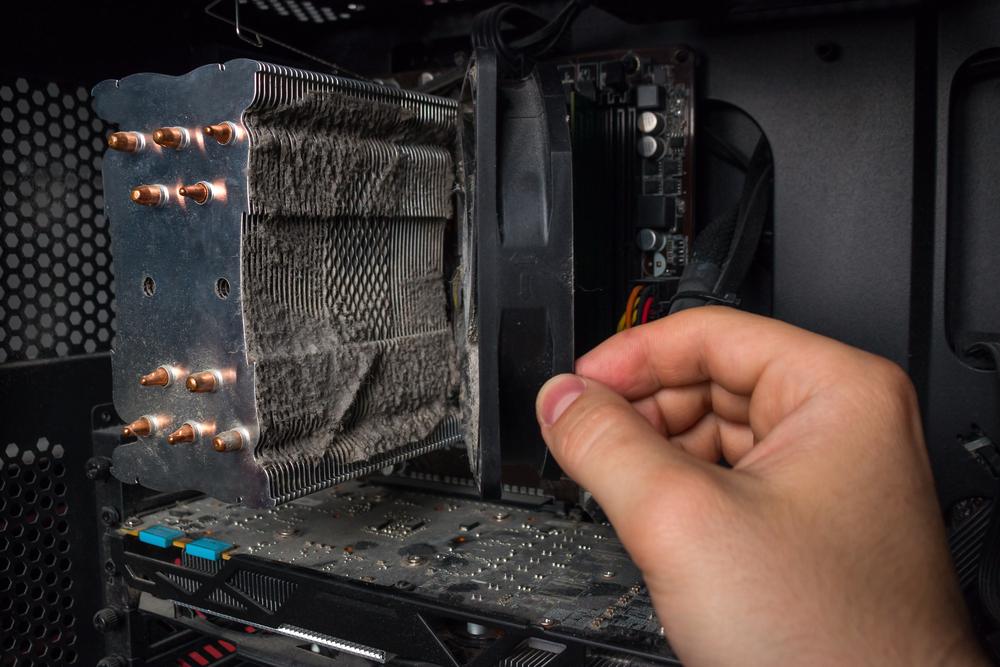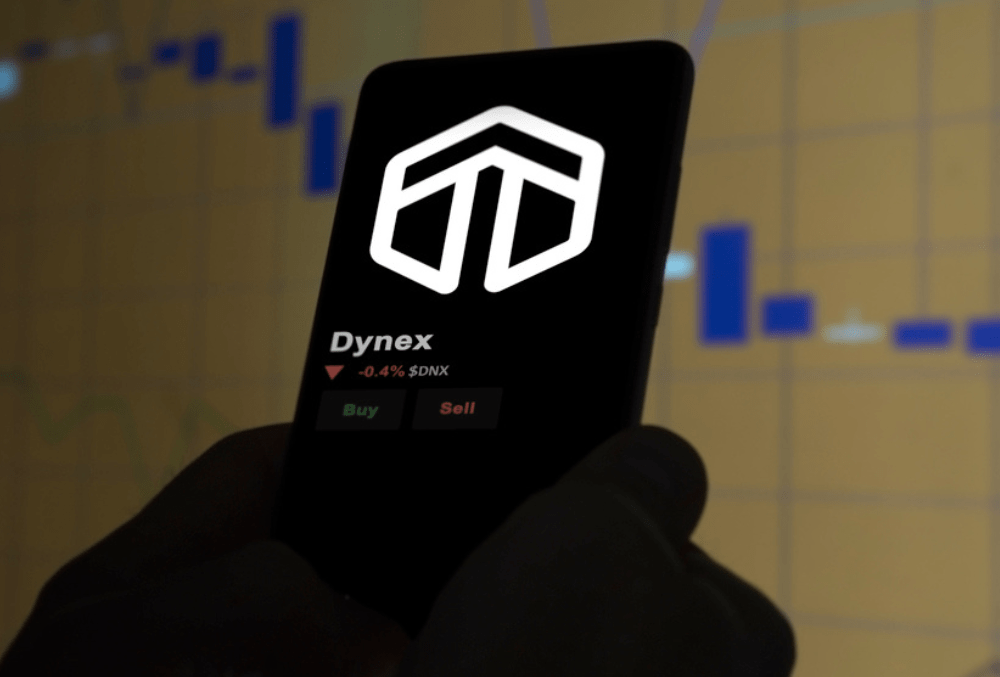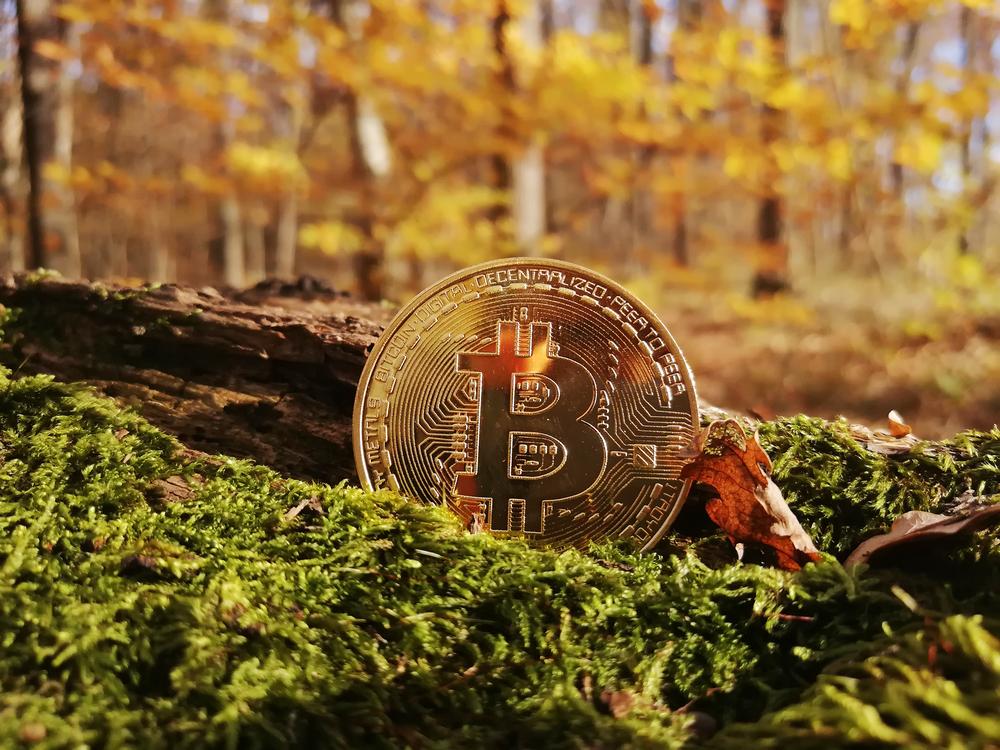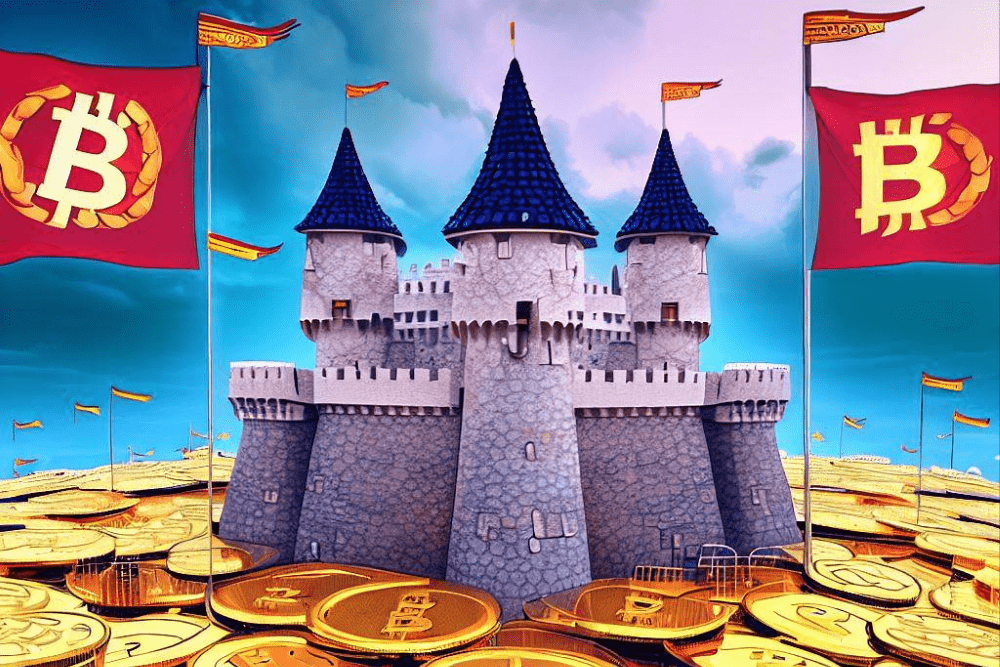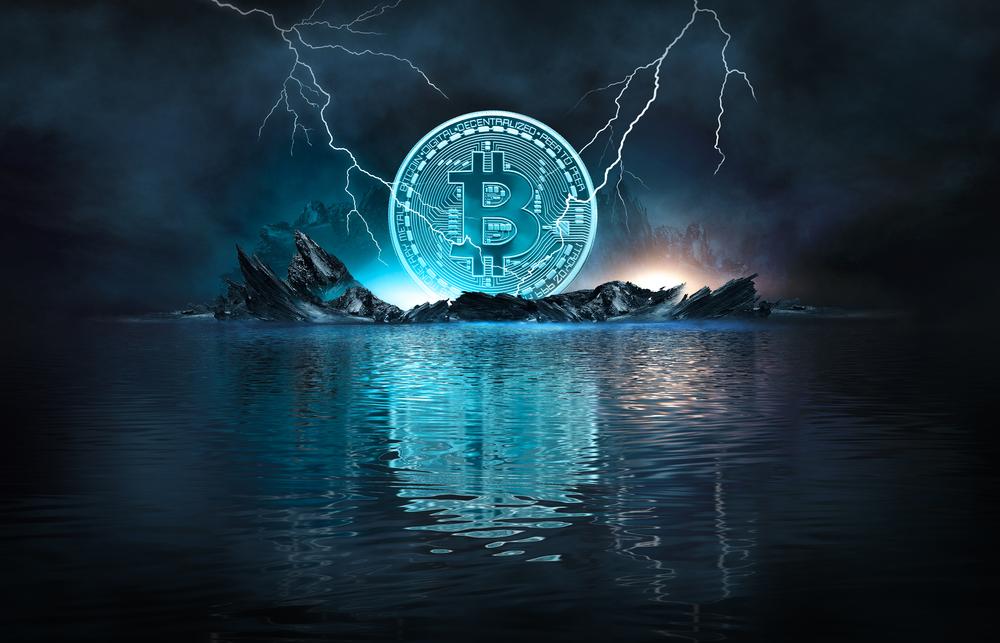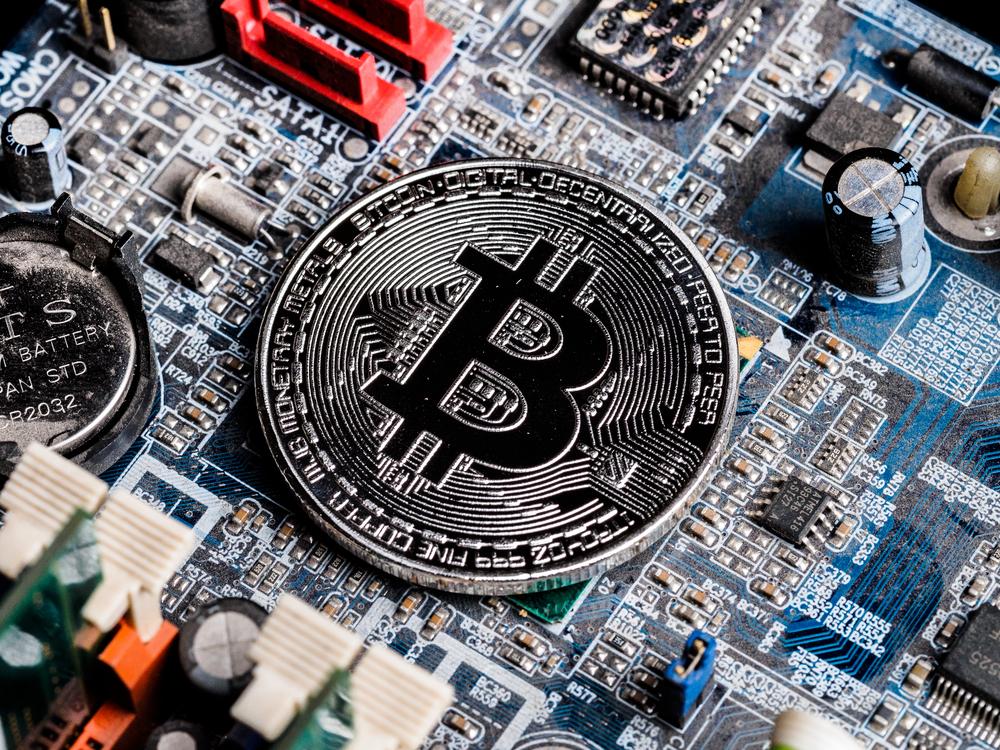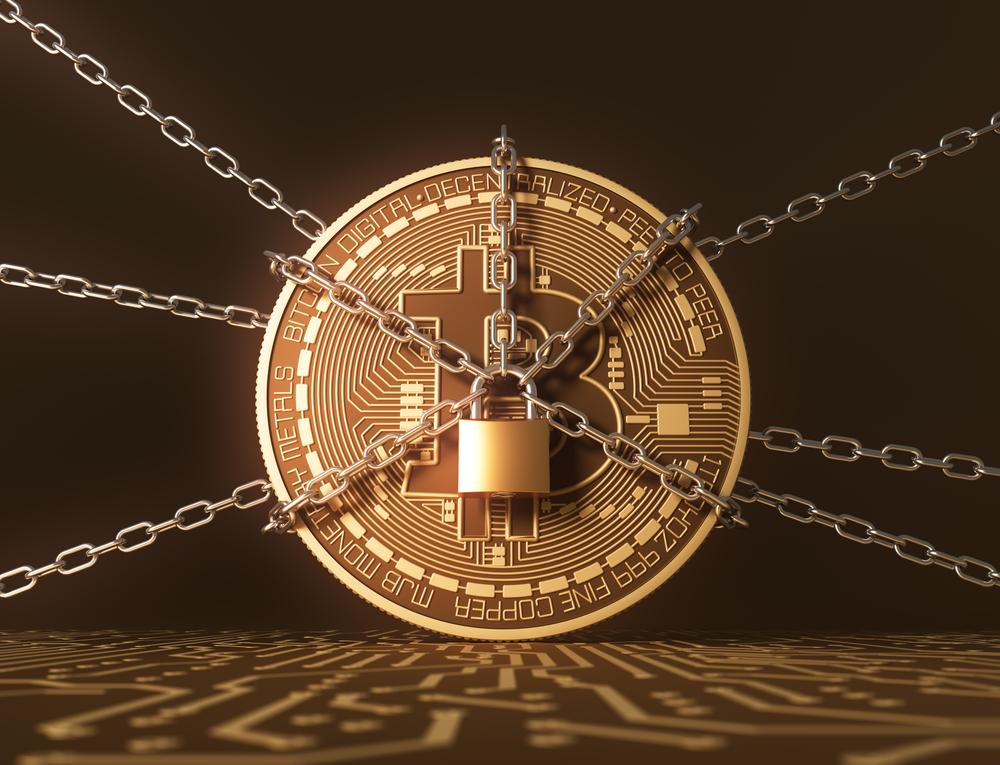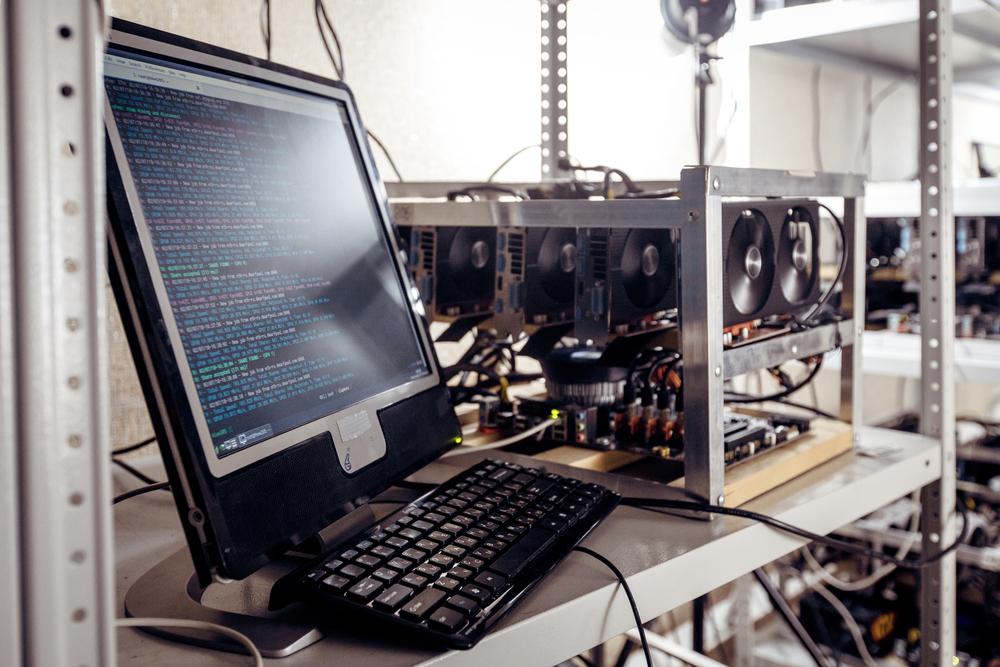As you venture into the world of cryptocurrency mining, you may come across the term “gas fee.” Gas fees play a crucial role in the functioning of blockchain networks, particularly Ethereum. In this comprehensive guide, we will explore what gas fees are, how they work, why they are essential, and their impact on mining operations. Whether you’re a beginner or experienced miner, understanding gas fees is vital for optimizing your mining activities and maximizing your profits. So, let’s dive into the fascinating world of gas fees!
Defining Gas Fees
A gas fee is a fee required to successfully conduct a transaction or execute a contract on a blockchain platform. A gas fee is paid by the sender of the transaction or contract to the validators or miners who process and validate it on the blockchain. A gas fee is used to compensate the validators or miners for their work and to prevent spam or malicious transactions on the network.
A gas fee is denominated in the blockchain’s native cryptocurrency, such as ether for Ethereum. However, a gas fee is not a fixed amount of cryptocurrency, but rather a variable amount that depends on two factors: gas limit and gas price.
How Do Gas Fees Work?
Gas fees are essential in blockchain networks that utilize a virtual machine, such as the Ethereum Virtual Machine (EVM). When a user initiates a transaction or executes a smart contract, the computation required to complete the task consumes computational resources, which are measured in gas.
A gas fee works by following a simple process that involves four steps:
- Step 1: The sender of a transaction or contract specifies their desired gas limit and gas price and sends it to the blockchain network.
- Step 2: The validators or miners on the network receive the transaction or contract and check if they are willing and able to process it based on its gas limit and gas price. If yes, they add it to their queue of pending transactions or contracts. If no, they reject it or ignore it.
- Step 3: The validators or miners on the network select transactions or contracts from their queue based on their profitability and availability. They try to maximize their revenue by choosing transactions or contracts with high gas prices and low gas limits. They also try to avoid running out of gas by choosing transactions or contracts with realistic gas limits.
- Step 4: The validators or miners on the network execute transactions or contracts from their queue and include them in new blocks on the blockchain. They deduct the gas fee from the sender’s balance and add it to their own balance as a reward. They also refund any unused gas to the sender if the actual execution consumed less than the specified gas limit.
Components of Gas Fees
Gas fees consist of two main components:
- Gas Price: The gas price determines the amount of cryptocurrency (e.g., Ether) a user is willing to pay per unit of gas. It represents the transaction fee that miners receive as an incentive to include the transaction in the blockchain.
- Gas Limit: The gas limit defines the maximum amount of gas a user is willing to spend on a transaction or contract execution. It serves as a safety mechanism to prevent infinite loops or excessive resource consumption.
Gas Price vs. Gas Limit
Understanding the difference between gas price and gas limit is crucial:
- Gas Price: Users can adjust the gas price they are willing to pay, influencing the priority of their transaction or contract execution. Higher gas prices incentivize miners to prioritize the transaction, resulting in faster processing.
- Gas Limit: Users set the gas limit to cap the maximum amount of gas they are willing to spend. This helps prevent unexpected or excessive fees in case of errors or malicious contracts.
Why Are Gas Fees Important?
Gas fees play a vital role in blockchain networks for several reasons:
- Resource Allocation: Gas fees ensure that computational resources are efficiently allocated on the network. By requiring users to pay for their resource consumption, the network discourages spam and misuse.
- Incentivizing Miners: Gas fees incentivize miners to include transactions in the blockchain. Miners prioritize transactions with higher gas prices since they receive those fees as rewards for their mining efforts.
- Network Security: Gas fees help protect the network from potential Denial-of-Service (DoS) attacks or congestion caused by excessive computational demands.
- Economic Model: Gas fees contribute to the economic sustainability of the blockchain network by creating a revenue stream for miners and maintaining the security of the ecosystem.
Factors Affecting Gas Fees
Several factors influence the fluctuation of gas fees:
- Network Congestion: During periods of high network activity, such as during popular token sales or network-wide events, gas fees tend to increase due to increased demand for computational resources.
- Gas Price Bidding: Users can outbid each other by setting higher gas prices to ensure their transactions are prioritized by miners.
- Gas Limit Optimization: Developers can optimize smart contracts to reduce the amount of gas required for execution, resulting in lower gas fees.
- Protocol Updates: Changes to the underlying blockchain protocol can impact gas fees. For example, Ethereum’s transition from Proof-of-Work to Proof-of-Stake (Ethereum 2.0) is expected to address scalability concerns and potentially reduce gas fees.
- Network capacity: Network capacity refers to the amount of resources or bandwidth that a blockchain platform can handle at any given time. The more validators or miners are active on the network, the higher the supply of gas and the lower the gas fees. The fewer validators or miners are active on the network, the lower the supply of gas and the higher the gas fees.
- Transaction or contract complexity: Transaction or contract complexity refers to the amount of work or computation that a transaction or contract requires to be executed. The more complex or intensive a transaction or contract is, the higher the gas limit and the higher the gas fee. The less complex or intensive a transaction or contract is, the lower the gas limit and the lower the gas fee.
- Transaction or contract urgency: Transaction or contract urgency refers to the amount of time or priority that a sender of a transaction or contract has for its execution. The more urgent or important a transaction or contract is, the higher the gas price and the higher the gas fee. The less urgent or important a transaction or contract is, the lower the gas price and the lower the gas fee.
Tips for Managing Gas Fees
Here are some tips to manage gas fees effectively:
- Gas Price Research: Stay updated on current gas prices to set competitive gas prices for your transactions.
- Gas Estimation Tools: Utilize gas estimation tools provided by wallets or blockchain explorers to estimate gas fees before initiating transactions.
- Gas Optimization: Optimize your smart contracts and transactions to reduce gas consumption. This includes minimizing unnecessary computations and avoiding inefficient code.
- Timing: Monitor network activity and try to initiate transactions during periods of lower network congestion to minimize gas fees.
- Consider Layer 2 Solutions: Explore layer 2 solutions, such as Ethereum’s Optimistic Rollups or other sidechains, that offer scalability and lower transaction costs.
- Gas Fee Forecasts: Keep an eye on industry developments and gas fee forecasts to anticipate potential changes and plan your mining activities accordingly.
Frequently Asked Questions
Gas fees are calculated by multiplying the gas price by the gas limit. The resulting value represents the total fee in the cryptocurrency native to the network, such as Ether for Ethereum.
Gas fees fluctuate due to factors like network congestion, gas price bidding, and protocol updates. Increased demand for computational resources and higher gas price bids can drive up gas fees.
Gas fees can be reduced by optimizing smart contracts and transactions to minimize gas consumption. Additionally, protocol upgrades and the adoption of scalability solutions can address the issue of high gas fees.
Gas fees contribute to mining profitability as miners receive these fees as rewards for their mining efforts. Higher gas fees can incentivize miners to prioritize transactions and increase their overall earnings.
No, gas fees can vary across different blockchains as each blockchain has its own gas fee mechanism and economic model. Factors like network design, consensus algorithm, and community governance influence gas fee structures.
Conclusion
Gas fees are a fundamental aspect of blockchain networks, enabling secure and efficient transaction processing and smart contract execution. As a miner, understanding how gas fees work and how to manage them effectively is crucial for optimizing your mining operations and maximizing profitability. By staying informed about current gas prices, optimizing smart contracts, and adopting best practices, you can navigate the dynamic landscape of gas fees and enhance your mining journey.

